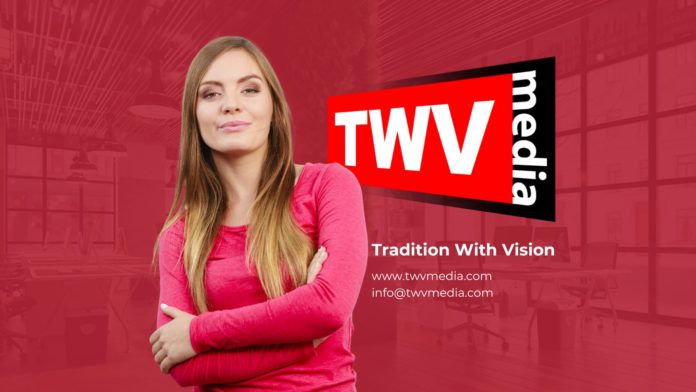Flyers and brochures have been the cornerstones of business advertising and marketing for decades. They have the power to convey meaningful information in a compact and visually engaging format. Even with the proliferation of digital media, these tools have not only sustained but evolved, making their mark in both offline and online landscapes. Understanding their nuances and potential is crucial to unlocking their full marketing potential.
Flyers and Brochures in the Traditional Marketing Space
The Enduring Appeal of Physicality
There is an inherent tangibility associated with physical flyers and brochures that lends a sense of legitimacy and permanence to the information they carry. This physicality connects with our primal need to touch and feel, making the message more memorable.
The Power of Design
Printed brochures and flyers are prime canvases for creative design, often showcasing a business’s personality and brand identity. With the right balance of eye-catching graphics, compelling copy, and strategic layout, they can capture attention, spark curiosity, and stimulate action.
Effectiveness in Localised Marketing
Flyers are particularly effective for localised marketing efforts. A flyer distributed in a neighbourhood, at a trade show, or in a specific physical location reaches a targeted audience that shares geographical and likely demographic similarities.
Similarly, brochures often work best when used in a targeted manner—distributed at points of sale, trade fairs, and events, or mailed directly to prospective customers.
Transition to the Digital World: Flyers and Brochures Go Online
As the world goes digital, so too have flyers and brochures. Digital versions maintain many benefits of their physical counterparts while introducing new opportunities for engagement and reach.
Cost-Effective and Environmentally Friendly
Digitization eliminates printing and distribution costs, making online flyers and brochures a more affordable option, particularly for small businesses or startups on tight budgets. Moreover, digital versions are more environmentally friendly, reducing paper waste and supporting sustainable marketing practices.
Broader Reach
Online brochures and flyers can reach a global audience, transcending geographical limitations inherent in physical versions. They can be shared via email, embedded on websites, or posted on social media platforms, allowing businesses to connect with potential customers wherever they are.
Interactivity and Real-Time Updates
Digital brochures and flyers can incorporate interactive elements, such as clickable links, video content, and virtual tours. This interactivity enriches the user experience, making the content more engaging and memorable.
Additionally, digital materials can be updated in real-time, allowing businesses to respond quickly to changes in products, services, or market conditions.
Best Practices for Effective Flyers and Brochures
Regardless of the format, certain principles apply to creating effective flyers and brochures:
- Know Your Audience: Understand your target audience’s needs, preferences, and pain points. This knowledge will guide your messaging, design, and distribution strategy.
- Clear and Compelling Message: Keep your message concise, clear, and compelling. Highlight the unique selling proposition (USP) and how your product or service solves a problem or fulfils a need.
- High-Quality Visuals: High-quality graphics and images are crucial. They should not only be visually appealing but also align with your brand and message.
- Call to Action (CTA): Every flyer or brochure should include a clear and compelling CTA. Whether it’s visiting a website, calling a phone number, or attending an event, make sure your audience knows what step they should take next.
- Test and Refine: In the digital world, leverage analytics tools to track metrics like click-through rates, time spent on the page, or conversion rates. These insights will help you optimise your future materials.
Crafting Offline and Online Synergies
To maximise the effectiveness of your marketing strategy, consider a synergistic approach that combines offline and online flyers and brochures.
- Cross-promote: Use physical flyers or brochures to drive traffic to your digital assets. This could involve adding QR codes or website URLs to your printed materials. Conversely, digital flyers can promote offline events or physical stores, building a bridge between the digital and physical realms of your business.
- Consistent branding: Regardless of format, ensure consistent branding across all your materials. Consistency in colour schemes, typography, messaging, and overall design reinforces brand recognition and trust.
- Adapt content for each format: While consistency is important, it’s also crucial to adapt your content for each format. Physical flyers and brochures may need to be more concise due to space limitations, while digital versions can provide more detailed information, interactivity, and real-time updates.
Whether online or offline, flyers and brochures are powerful tools for communicating information and promoting businesses. They offer unique benefits and possibilities in both realms, and an integrated marketing strategy that encompasses both formats can yield significant returns. As digital and physical worlds continue to intertwine, the versatility of these tools only expands. Understanding their full potential and how to harness it effectively is essential for businesses aiming to make a lasting impression and stimulate action among their audience.
That’s where we at TWV Media come in!
We can help with all of your design and printing needs taking the hassle away from you and your team. Get in contact with us today, we’d love to hear from you.






